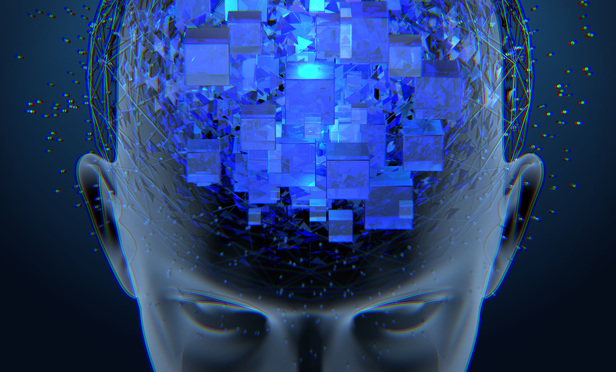The first article of this series explained why law firms and law departments should familiarize themselves with machine learning algorithms. While discussing data sets collectible by firms or departments and software resources for the computations on those sets, that article left for later the topic of how machine learning software actually “learns.” Magic may be what many people think is the legerdemain of machine learning, but underneath the hood is not magic—it is math.
“Wait,” you might be protesting, “I’m a lawyer, and math is a foreign language! Real lawyers manage concepts, clients, legal problems and other lawyers, and let techie geeks crunch the numbers.” Those who stop reading here say, “Let’s preserve my comfort zone of the supremacy of text and intuition over numbers and probabilities.”



